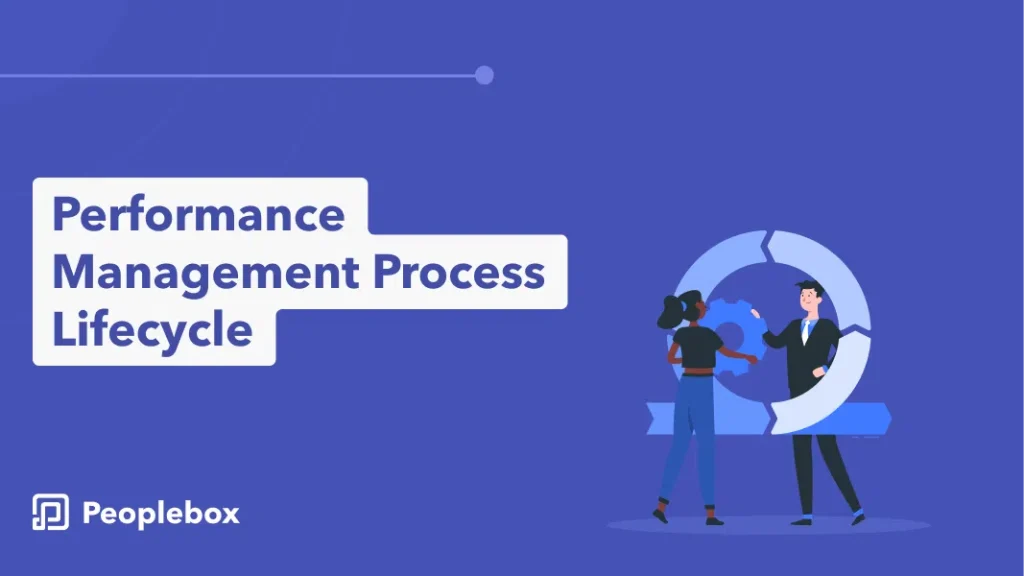Imagine that you’re leading a team in a rapidly growing startup. Your team holds the vital responsibility of refining the company’s processes to accommodate the rising demand for its products or services.
As your startup prospers, it confronts the challenge of effectively handling amplified customer interest, orders, and expectations. In this scenario, setting clear goals and monitoring progress is crucial, but identifying the most suitable method can be overwhelming. This is where the efficacy of OKRs becomes evident.
OKRs provide a measurable way to set objectives that align with the company’s vision and mission and track progress using key results. However, the pressing question persists: Are OKRs the perfect solution for improving your startup’s processes?
In this blog, we will explore the key distinctions between OKRs and other methodologies, offering guidance on when to utilize each strategy
Let’s start with the basics.
What is Process Improvement?
Process improvement is the systematic approach to identifying, analyzing, and refining existing business processes to enhance efficiency and optimize resources. By doing so, you can increase your competitive advantage, improve customer satisfaction, and ultimately your profitability.
However, process improvement is not a one-time effort. It’s an ongoing task that should be consistently followed up with tangible evidence of progress. When you successfully implement process improvement, you can measure the results in terms of improved product quality, customer satisfaction, and loyalty—all of which contribute to increased ROI.
To effectively gauge the success of your process improvement efforts, it’s crucial to establish a system for monitoring and measuring progress. This is where OKRs and KPIs come into play, offering valuable tools to help you assess the impact of your initiatives. But deciding between the KPIs and OKRs to improve the process can be difficult as both are useful for measuring your organization’s performance.
So, how do you know which one to use? Should you use both?
What to Choose: KPIs or OKRs for Process Improvement?
When it comes to selecting the right method to track and measure progress in process improvement, it’s essential to understand the key differences between OKRs and KPIs.
Both approaches have their unique strengths and applications, so let’s delve deeper into their focus and implementation:
| OKRs | KPIs | |
| Purpose | Set ambitious, time-bound objectives and key results. Align strategic vision and drive team efforts towards common goals. | Metrics that evaluate success in meeting specific operational targets. Focus on the performance of ongoing processes. |
| Scope | Broader, focusing on strategic objectives with a significant impact on overall success. | Narrower, targeting specific areas of performance crucial to the business. |
| Timeframe | Set for a specific timeframe (e.g., quarter, year), encouraging teams to achieve objectives within that period. | Often ongoing, with targets that may be updated or reset regularly. |
| Adaptability | More adaptable, allowing for a reassessment of priorities and pivoting focus as circumstances change. | More focused on consistent monitoring and optimization of existing processes, with less emphasis on adaptability. |
In a nutshell, KPIs are ideal for organizations seeking to observe ongoing performance and gauge progress, while OKRs are better suited for organizations aiming to establish ambitious objectives and foster alignment around those goals.
KPI Examples for Process Improvement
Here are some examples of KPIs that you can use to measure the performance of your process improvement initiatives:
- Cycle time reduction: The amount of time it takes to complete a specific process from start to finish.
- Error rate reduction: The percentage of errors in a process, with the goal of reducing the frequency of mistakes.
- Process efficiency: The ratio of outputs to inputs, aiming to achieve more output with the same or fewer resources.
- Customer retention rate: The percentage of customers who continue to do business with your company over a given period of time, with a focus on increasing long-term customer loyalty.
- Lead conversion rate: The percentage of leads generated by marketing or sales efforts that ultimately convert into paying customers, aiming to increase the effectiveness of lead generation and nurturing efforts.
OKR Examples for Process Improvement
Here are some OKR examples for process improvement that you can use to measure the performance of your process improvement initiatives
Example 1: Objective 1: Increase B2B client acquisition and retention.
Key Result 1: Grow the number of new B2B clients by 20% within the next two quarters.
KR 2: Improve client retention rate by 15% by the end of the fiscal year.
KR 3: Develop and implement a comprehensive B2B client onboarding process within the next quarter to streamline customer integration and enhance satisfaction.
Example 2: Objective 2: Strengthen B2B partnerships and collaborations.
Key Result 1: Identify and establish strategic partnerships with at least three industry-leading companies by the end of the year.
KR 2: Increase joint marketing efforts with existing partners by 25% within the next two quarters.
KR 3: Collaborate with partners to co-develop at least two new product or service offerings by the end of the fiscal year.
Example 3: Objective 3: Enhance B2B sales and marketing effectiveness.
Key Result 1: Increase B2B sales revenue by 30% within the next fiscal year.
KR 2: Optimize the sales funnel by reducing the average sales cycle length by 20% within the next two quarters.
KR 3: Implement a B2B marketing campaign that generates a 15% increase in qualified leads by the end of the next quarter.
These process improvement OKR examples focus on different aspects of B2B business, including client acquisition and retention, partnership development, and sales and marketing effectiveness. By setting specific, measurable, and time-bound objectives and key results, you can drive progress in these critical areas and ultimately achieve greater success in the B2B market.
Conclusion
When it comes to process improvement, both OKRs and KPIs have their merits. While KPIs are useful for tracking ongoing performance metrics, OKRs are better suited for driving strategic initiatives and pushing the organization towards ambitious goals.
Ultimately, the choice between OKRs and KPIs depends on your business’s nature, objectives, and preferred approach to goal-setting and tracking.
By implementing well-defined OKRs or KPIs, your organization can make significant strides in process improvement, boosting productivity, and achieving long-term success.







